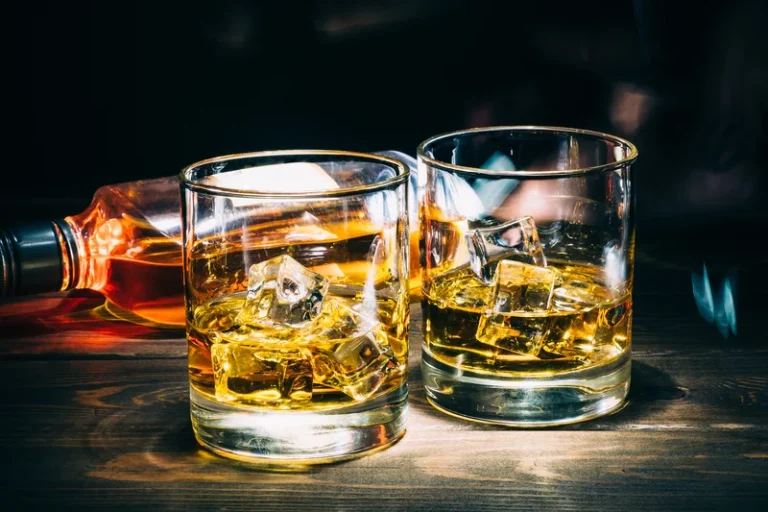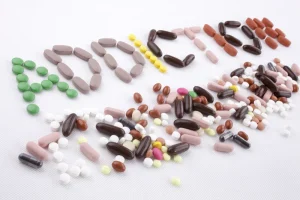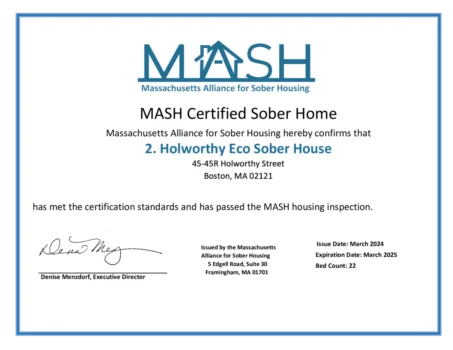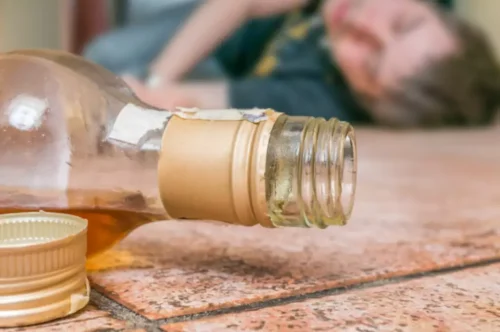
If you are angry, then tell someone, vent, exercise, pound a pillow, or express your anger in a healthy way. If you are lonely, then surround yourself with friends or start the process of finding new ones if all your friends drink. Many people with alcoholism have an inability to take care of themselves, and learning this new skill in recovery is essential even with such basic behaviors as eating and sleeping. When we can learn to stop at the “buzz,” we are well on our way to having our relationship with alcohol fully in check. For most people, three or four drinks make them feel tipsy or buzzed. Alcohol is a central nervous system depressant, yet the initial effects of alcohol in these amounts are more stimulating and euphoric feeling.
How well do you score on brain health?

As your cravings for alcohol become more manageable, you may decide to try reintroducing situations that previously triggered your temptation to drink. The most straightforward way to figure out if your drinking is problematic is to know how much you drink. Every evening, or in the morning, jot down how much you drank, when, where, and with whom. You can also note if your drinking led to any issues, such as fighting or blacking out. This practice will give you a better idea of whether your drinking has become excessive or problematic. We all build and develop our character as we learn to control our behavior.

How to Stop Alcohol Cravings Naturally
You might also hold onto a nonalcoholic drink instead, ask a friend to support you in difficult situations or simply exit early if temptation gets too strong, the NIAAA suggests. “Once you have a sense of how much you’re drinking, it’s helpful to track how many drinks you’re having per day,” says Witkiewitz. “You could use a calendar, journal or any number of tracking apps.” Drink Control Alcohol Tracker or Less are two examples of free tracking apps available on iOS devices. You’ll get a 100% custom plan, then use daily texts to track your progress and help you stay on target.
Cope with triggers you can’t avoid.
In addition to reducing daily drinking, naltrexone has been shown to reduce alcohol cravings as a measurable symptom (3). Naltrexone is a medication that belongs to a group https://ecosoberhouse.com/ of drugs known as opioid antagonists. It binds to and blocks opioid receptors in the brain, which reduces the buzz and intoxicated feeling you get from drinking alcohol.

Internal triggers are thoughts, feelings, sensations, and beliefs inside you that feed your cravings for alcohol. Celebrate if a friend or loved one with an addiction takes a step toward rehabilitation … but don’t be surprised by a stumble. Relapse rates are common among those who seek treatment for an addiction. It’s natural to want someone you care about to stop drinking so heavily. Odds are, your desire is no secret, either — which is why you should be wary if that person tries to “trade” a change in addictive behavior for something.

If you’re having trouble doing the same things you used to do, try new hobbies to fill your time. Join a gym, learn a new skill, or find sober social groups you can enjoy. You’re likely to be how to control drinking in situations where you’ll be offered a drink. And practice what you might say as a follow-up explanation if someone ask. Regular drinking can affect your body’s ability to fight infections.
Coping with Alcohol Cravings

It might also be worth checking out a 12-step program in your area, like Alcoholics Anonymous or SMART Recovery, to see if it feels like something that might be useful for you. Letting others know about your choice to stop drinking may help motivate you to stick with your decision. Symptoms of a caffeine overdose in adults include breathing trouble, rapid heartbeat, dizziness, and fever. In babies it can present as nausea and vomiting, rapid breathing, rapid heartbeat, and tremors, according to Mount Sinai. Studies show that CRAFT interventions have a success rate ranging from 64% to 74% when it comes to getting a loved one with a substance use disorder into treatment. Cut down the alcohol by swapping strong beers or wines for ones with a lower strength (ABV in %).
- Your drinking goal should be based on what is best for your long-term health, as well as what is realistic for you, your family and friends, and other aspects of your lifestyle.
- It’s helpful to continue attending Al-Anon meetings, to learn to differentiate between your issues and your loved one’s issues, and take responsibility only for your own.
- Fortunately, urges to drink are short-lived, predictable, and controllable.
- Since alcohol leaves the bloodstream at about .02 blood alcohol content (BAC) per hour, this will most likely keep your BAC at a reasonably safe level.
- It can be used with counseling or therapy and is not meant as a substitute for professional help.
- For them, even a glass of wine every now and again could trigger a return to drinking heavily.
Remove alcohol from your house.
Instead of aiming for complete abstinence, for instance, aim to drink fewer than seven days a week. “Try sober Mondays or sober Mondays through Wednesdays,” he says. Research shows that most people believe that drinking can make them feel better. However, when alcohol makes up part of your typical routine, drinking can become something of an automatic response, especially when you feel stressed or overwhelmed.
Leave a Reply